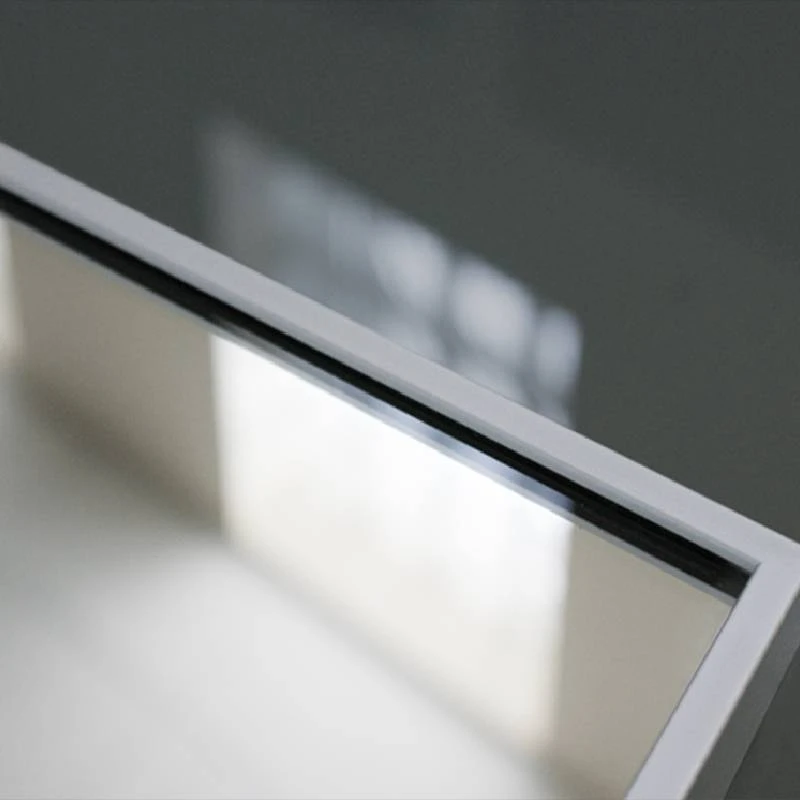

Understanding Low-E Glass and Its Manufacturers
Low-emissivity (Low-E) glass is a type of energy-efficient glazing material that plays an integral role in modern architecture and construction. Its unique properties enhance thermal insulation while allowing natural sunlight to enter spaces, making it increasingly popular among builders and homeowners alike. This article delves into what Low-E glass is, its benefits, and key manufacturers in the industry.
What is Low-E Glass?
Low-E glass features a microscopically thin coating of metallic oxides that reflect infrared light while allowing visible light to pass through. This coating reduces the amount of heat that enters or escapes a building, thus helping to maintain a stable indoor temperature. The term Low-E refers to the low emissivity of the glass, which essentially means it reduces the amount of radiant heat transfer.
Benefits of Low-E Glass
1. Energy Efficiency One of the most significant advantages of Low-E glass is its ability to improve energy efficiency. Homes and commercial buildings equipped with this glass can reduce heating and cooling costs, which is not only economically beneficial but also environmentally responsible.
2. UV Protection Low-E glass blocks a substantial amount of harmful ultraviolet (UV) rays from the sun. This protection helps prevent furniture, carpets, and artworks from fading over time, preserving the aesthetics and value of interior spaces.
3. Comfort By minimizing heat loss in winter and heat gain in summer, Low-E glass creates a more comfortable living or working environment. This stability in temperature can lead to enhanced quality of life for occupants.
4. Condensation Resistance The insulating properties of Low-E glass help reduce condensation on the interior surfaces of windows. This is particularly beneficial in humid climates, where moisture buildup can lead to mold and mildew growth.

Key Manufacturers of Low-E Glass
There are several leading manufacturers of Low-E glass who have established themselves in this burgeoning market. Here are a few notable players
1. Cardinal Glass Industries A prominent manufacturer based in the United States, Cardinal Glass specializes in producing a wide array of energy-efficient glass products, including Low-E glass. They focus on innovations that allow for better thermal performance and aesthetic qualities.
2. Guardian Glass Guardian is a global leader in the glass industry, offering a diverse range of glass solutions, including advanced Low-E coatings. Their products are widely recognized for their quality and performance, serving both residential and commercial markets.
3. Pilkington A subsidiary of NSG Group, Pilkington has a storied history of innovation in glass manufacturing. They offer a variety of Low-E glass solutions designed to meet the needs of different climates and architectural styles.
4. Saint-Gobain Saint-Gobain is one of the oldest glass manufacturers, renowned for its research and development in energy-efficient glass technologies. Their range of Low-E products is tailored to enhance building performance while providing sustainability.
5. Vitro Glass Vitro has been a leader in glass making and offers an extensive selection of Low-E glass products. Their focus lies in integrating technology with sustainability, ensuring that their offerings meet the energy efficiency demands of today’s building codes.
Conclusion
Low-E glass represents a significant advancement in building technology, providing numerous benefits that cater to the needs of energy efficiency, comfort, and aesthetic appeal. Leading manufacturers like Cardinal Glass, Guardian Glass, Pilkington, Saint-Gobain, and Vitro are at the forefront of this innovation, ensuring that Low-E glass remains accessible for various applications. As the demand for sustainable building practices grows, the importance of Low-E glass and its manufacturers will continue to rise, paving the way for a greener future in construction and architecture.